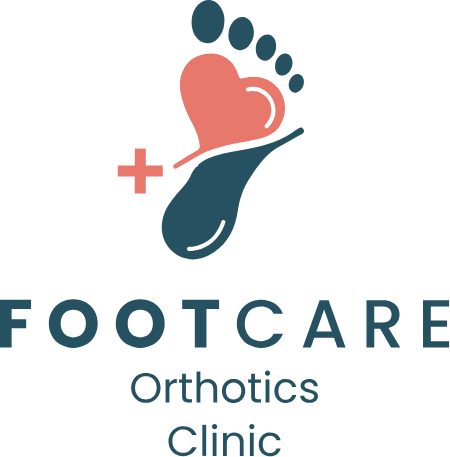Richmond Hill Foot Clinic & Orthotics - CHARCOT
WHAT IS CHARCOT?
Charcot foot is a serious disorder that occurs when the bones in the foot weaken due to long-standing nerve damage (neuropathy). Because the nerves are not functioning properly, the bones can fracture without causing noticeable pain. If a person continues to walk on the injured foot, the joints begin to collapse, eventually leading to major deformities such as a rocker-bottom appearance.
This condition can result in severe disability and increases the risk of ulcers, infection, and even amputation. Individuals with diabetes—especially those with significant or long-term neuropathy—should be aware of the signs and seek prompt care if symptoms appear.
Why Charcot Foot Occurs?
Charcot foot develops when neuropathy reduces the ability to feel pain or detect injury. Without normal sensation, small fractures or sprains go unnoticed, and continued weightbearing makes the damage progressively worse.
People may be more likely to develop Charcot foot if they have:
- Long-standing peripheral neuropathy
- Reduced ability to sense temperature or trauma
- A tight Achilles tendon, which puts extra stress on the foot
- A history of repetitive foot injuries
Signs and Symptoms
Common symptoms include:
- Increased warmth in one foot compared to the other
- Redness over the affected area
- Visible swelling
- Pain or tenderness, though discomfort may be mild due to neuropathy
Any of these symptoms in a person with diabetes should be evaluated immediately.
Nonsurgical Management?
1. Offloading and Immobilization
During the early stages, the bones are fragile. To prevent further collapse:- Weight must be completely removed from the affected foot
- A cast, protective boot, or specialized brace is used
- Assistive devices like crutches or a wheelchair may be necessary
- Healing can take several months or longer depending on severity
2. Custom Footwear and Support
Once healing has begun:- Custom shoes and orthotics help redistribute pressure
- Bracing may be required for more advanced deformities
- Proper footwear helps prevent recurrence and reduces the chance of ulcers
